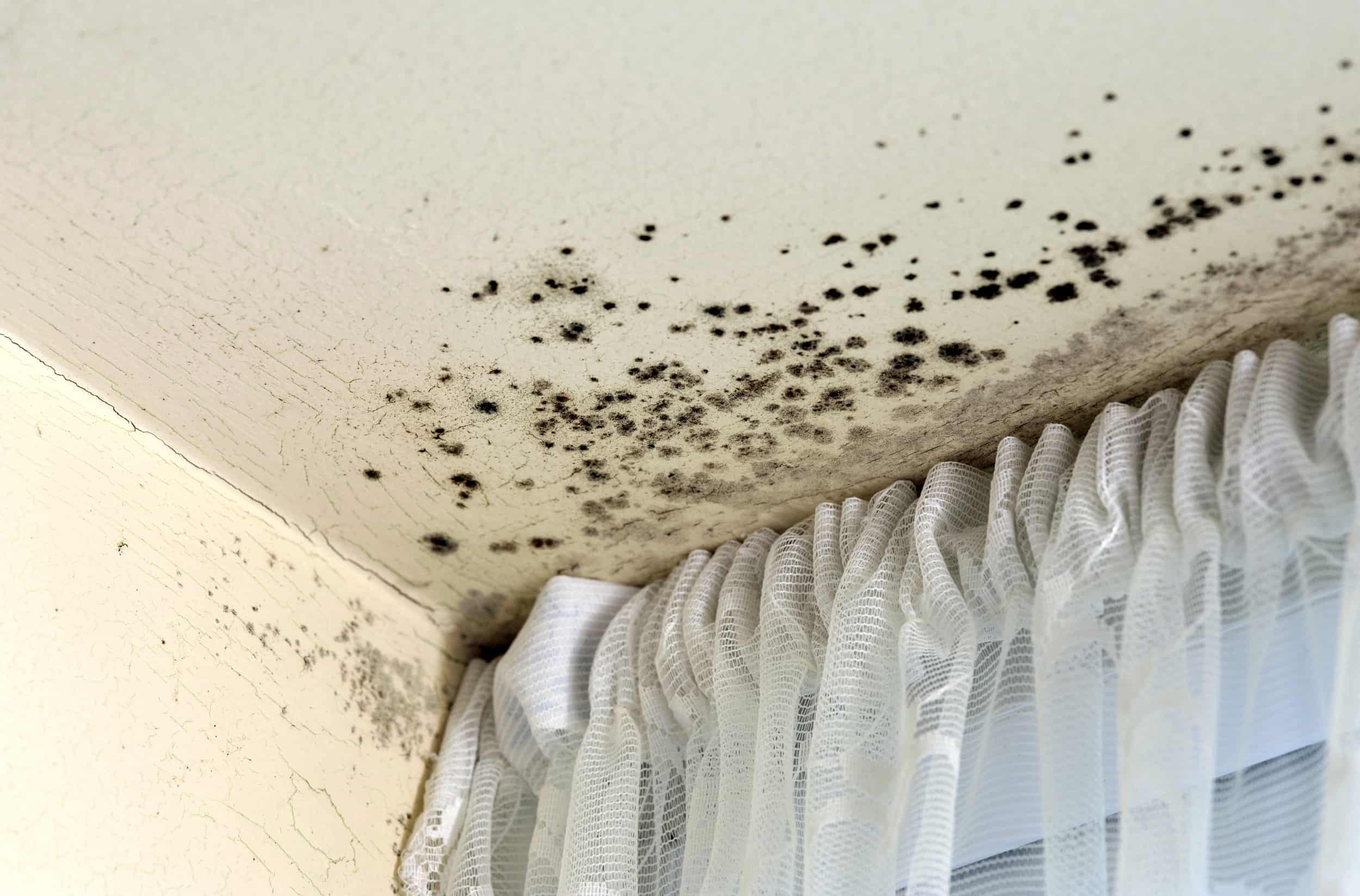Tragedy in Rochdale
The health implications of mould in a home were highlighted in the most harrowing circumstances recently, when a coroner concluded that the 2020 death of two-year-old Awaab Ishak was caused by a respiratory condition arising from exposure to mould in his family’s Rochdale flat. Babies and children are identified among those most likely to be affected by damp and mould, alongside older people and those with existing skin problems, respiratory problems or a weakened immune system.
What makes mould a health risk?
People unaware of the health risks presented by mould may be surprised to learn that what they already view as an unsightly stain is also a potential killer.
Mould can produce allergens, irritants and in some circumstances toxic substances, which in turn can trigger a wide range of reactions from irritated skin to asthma attacks.

What causes mould?
Mould forms when there is excess moisture in part of a property. This can be moisture arising from excessive and obvious sources, such as leaky pipes or other plumbing issues, but also from seemingly innocent day-to-day activities.
Without appropriate ventilation, drying clothes indoors, showering and cooking can all lead to condensation, damp and mould.
Who is responsible for mould in a private rented property?
Mould knows no boundaries and can appear in properties old and new, big and small and across all housing tenures. When it comes to responsibility for mould in a private rented sector property, this largely depends on the cause of the mould.
If damp and mould are the result of problems with the fabric of the building, such as leaking pipes or rain getting through a gap in the roof, this would generally be the landlord’s responsibility to address. If, however, the problem has started to appear due to habits or behaviours of the tenant, for example repeatedly drying clothes over radiators without opening windows, then it will typically be for the tenant to rectify.
Whatever the cause of the mould and whoever is responsible for resolving the issue, parties should ensure they research the safest way to address the problem as the removal of mould carries health risks of its own.
Disputes relating to mould
Like the majority of matters relating to private rented tenancies, communication and co-operation are key if mould is detected – not least because the problem can become more difficult and expensive to deal with if it is not tackled quickly.
Tenancy deposit protection schemes such as SafeDeposits Scotland offer a free and impartial alternative dispute resolution service in the event of disagreement regarding the repayment of a deposit. If mould is at the centre of such a dispute, the independent adjudicator will require robust evidence to come to an accurate decision.
At the earliest sign of mould linked to an issue with the fabric of the building, tenants should notify their landlord in writing – it is important for all parties to keep a paper trail as this could become evidence should the tenancy end in dispute, and for the same reason the landlord should keep a record of their response and any further communication.
If the landlord believes that the mould is a new problem resulting from tenant behaviours, then their case can be strengthened with the provision of photographs and a check-in report showing the mould-free property at the start of the tenancy.


